In today’s digital landscape, standing out is crucial for business success. A progressive web app (PWA) combines the benefits of a web and mobile app to help you do just that.
Table of Contents
With faster load times, offline functionality, and reduced development costs, let’s explore why your business needs a progressive web app PWA and how it can transform your online presence.
Key Takeaways
- Progressive Web Apps (PWAs) combine web and native app features, offering benefits like offline access, push notifications, and a seamless user experience across devices. This helps businesses effectively engage users.
- Developing PWAs is cost-effective because they use a single codebase for multiple platforms, eliminating app store fees and multiple development cycles. This makes them an attractive option for businesses aiming to optimize their digital presence.
- PWAs enhance performance and user accessibility through quicker load times, easy installation, and SEO advantages that improve discoverability, ultimately increasing user engagement and satisfaction.
What is a Progressive Web App PWA?
A Progressive Web App (PWA) is a unique blend of web and native app features, designed to deliver an app-like experience directly through a web browser.
Progressive web apps PWAs blend web and native features, offering offline access, push notifications, and home screen installation similar to native apps. The web app manifest plays a crucial role in enhancing these functionalities.
PWAs stand out for their cross-platform interoperability, functioning seamlessly across devices and operating systems from a single codebase using HTML, CSS, and JavaScript. This consistency in user experience significantly reduces both development time and costs.
Moreover, PWAs leverage service workers, which are scripts that run in the background and manage network requests, enabling the app to function without an internet connection.
This ensures that users can access content and perform actions even when offline, providing a smooth and uninterrupted experience.
With these capabilities, PWAs are poised to revolutionize the way businesses approach web development and user engagement.
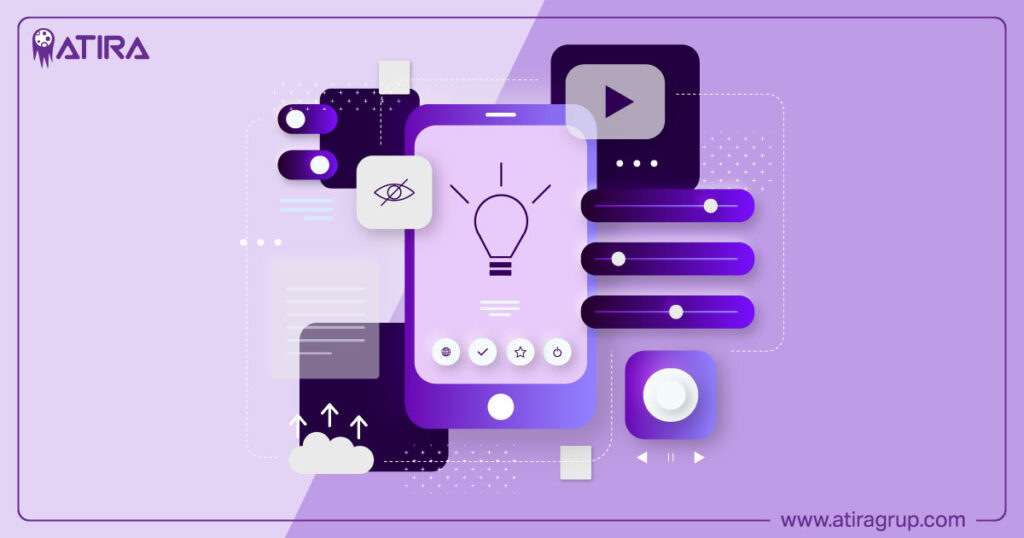
Top Reasons Why Your Business Needs a Progressive Web App (PWA)
Enhanced User Experience
The enhanced user experience offered by Progressive Web Apps is one of their most compelling features. By delivering an app-like experience directly through the browser, PWAs ensure that users enjoy a seamless and engaging interaction with your business.
Companies like Trivago and Twitter Lite have seen remarkable results after adopting popular progressive web apps, with Trivago experiencing a 150% boost in user engagement and Twitter Lite seeing a 75% increase in tweet activity.
PWAs also excel in performance optimization. Utilizing local storage and advanced caching, PWAs significantly reduce load times and improve responsiveness, crucial for user satisfaction. For instance, Tinder’s PWA reduced load times from 11.9 seconds to just 4.6 seconds, vastly enhancing the user experience.
Additionally, PWAs offer the convenience of being easily shareable via URLs, SMS, email, or social media, making it simple for users to access and engage with your app. This ease of access not only increases user engagement but also helps in reaching a broader audience.
With their intuitive interface and cross-platform compatibility, PWAs provide an exceptional user experience that keeps users engaged and satisfied.
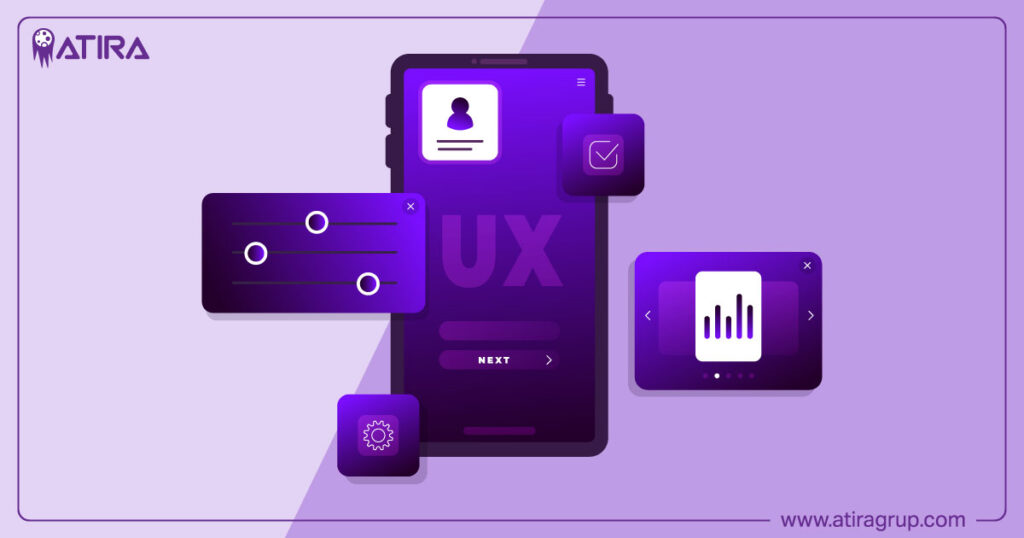
Top Reasons Why Your Business Needs a Progressive Web App (PWA)
Offline Functionality
One of the key advantages of Progressive Web Apps is their offline functionality, which sets them apart from traditional mobile apps. Service workers enable PWAs to cache essential resources and manage network requests, allowing content access and actions without an internet connection.
Functioning offline is particularly beneficial in areas with low connectivity, ensuring a seamless experience regardless of internet availability.
Service workers play a crucial role in enabling offline functionality. They cache key files and resources, ensuring that the app can deliver content quickly and efficiently even when it must function offline.
This not only enhances the user experience for mobile users but also reduces the likelihood of user abandonment due to connectivity issues. Users can continue to browse, interact, and engage with the app, providing a consistent and reliable experience.
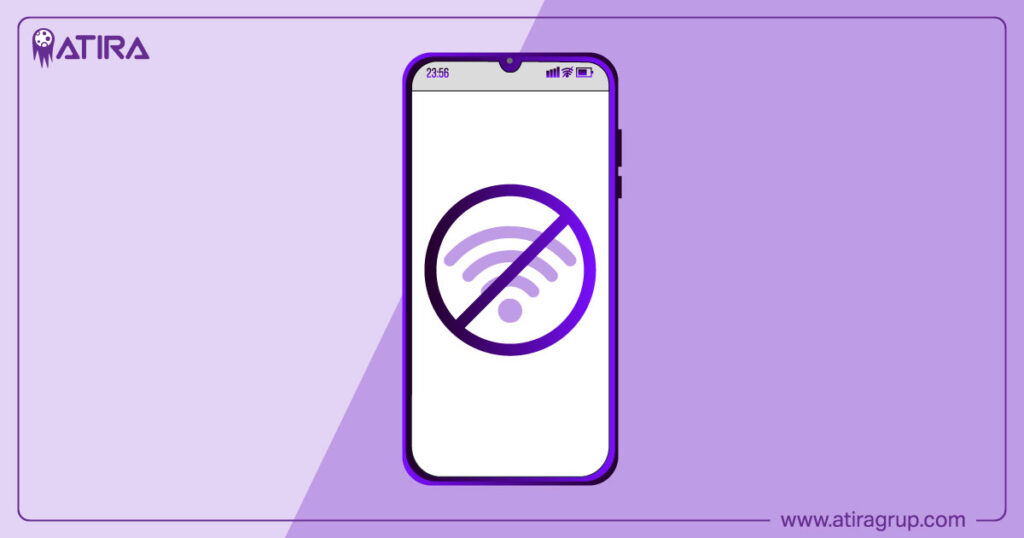
Top Reasons Why Your Business Needs a Progressive Web App (PWA)
The offline capabilities of PWAs contribute to higher user satisfaction and engagement. Whether it’s browsing a product catalog or accessing critical information, users can enjoy uninterrupted service, making PWAs an invaluable asset for businesses aiming to provide a robust and user-friendly digital experience.
Cost-Effective Development
Developing a Progressive Web App is significantly more cost-effective compared to traditional native app development. One of the primary reasons is the use of a single codebase that functions across multiple platforms, which drastically reduces both development time and expenses.
Businesses no longer need to invest in separate native apps for different operating systems, thereby cutting down on costs and simplifying the development process.
Moreover, PWAs eliminate the need for app store fees and submission processes, further reducing expenses. The development cycle for PWAs is streamlined, requiring only one cycle compared to the multiple cycles needed for native apps.
This cost-effectiveness, combined with the ability to deliver an engaging user experience, makes PWAs an attractive option for businesses looking to optimize their digital presence.

Top Reasons Why Your Business Needs a Progressive Web App (PWA)
Improved Performance
Performance is a critical factor in user engagement and satisfaction, and Progressive Web Apps excel in this area. PWAs are designed to load quickly, providing users with instant access to content even on slower networks. For example, Uber’s PWA improved its time to first byte from 1.5 seconds to 1.26 seconds and loads in just 3 seconds on slower networks, enhancing the overall user experience.
Efficient caching strategies play a significant role in the improved performance of PWAs. By minimizing the need for repeated network access, PWAs can serve content quickly and efficiently, leading to faster load times and smoother interactions. Forbes’ PWA, for instance, loads significantly faster than its previous version, resulting in higher user engagement.
Enhanced PWA performance boosts user satisfaction and positively impacts conversion rates and retention. By delivering a fast and responsive experience, businesses can keep users engaged and reduce bounce rates, ultimately driving success.
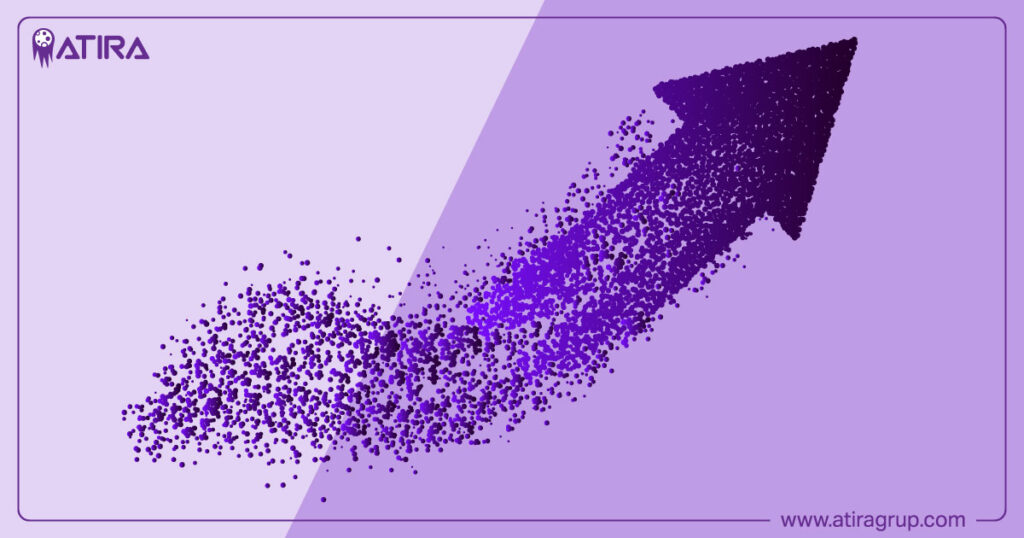
Top Reasons Why Your Business Needs a Progressive Web App (PWA)
Increased Reach and Accessibility
Progressive Web Apps offer unparalleled reach and accessibility, making them a powerful tool for businesses looking to expand their digital footprint. Unlike traditional mobile apps, PWAs can be accessed directly through a URL without the need for downloads or installations, enhancing accessibility for users on mobile devices and through a mobile website.
This ease of access ensures that users can quickly engage with your app, regardless of the device or platform they are using.
The distribution of PWAs is also highly flexible. They can be shared through various channels, such as social media, QR codes, and direct links, eliminating the delays and costs associated with app store submissions. Additionally, PWAs can be indexed by search engines through unique URLs, improving visibility and discoverability.
With their superior user experience, PWAs enable businesses to reach a wider audience and provide a positive user experience across multiple platforms. This increased reach and accessibility make PWAs an invaluable asset for businesses aiming to enhance their web presence and engage with a broader audience.
Push Notifications
Push notifications are a powerful feature of Progressive Web Apps that help re-engage users and keep them informed. Similar to native apps, PWAs can send timely push notifications to alert users about new content, updates, or promotions, significantly increasing user engagement.
Trivago’s PWA implementation, for example, achieved a 150% increase in re-engagement rates thanks to push notifications.
The Push API enables applications to receive updates from a server without requiring user interaction, ensuring that users are always kept in the loop. Push notifications prompt users to return, enhancing interaction and maintaining a steady flow of mobile traffic.
Easy Installation and Updates
One of the standout features of Progressive Web Apps is their easy installation and automatic updates. Unlike traditional apps that require downloads from app stores, PWAs can be installed directly from the browser with just a few clicks.
This straightforward installation process lowers the barrier to entry and ensures that users can quickly and easily add the app to their home screen.
Once installed, PWAs operate similarly to conventional applications, providing a seamless user experience without browser elements. Moreover, PWAs automatically update in the background, ensuring that users always have access to the latest features and improvements without needing to download new versions. This convenience boosts user satisfaction and keeps the app relevant.
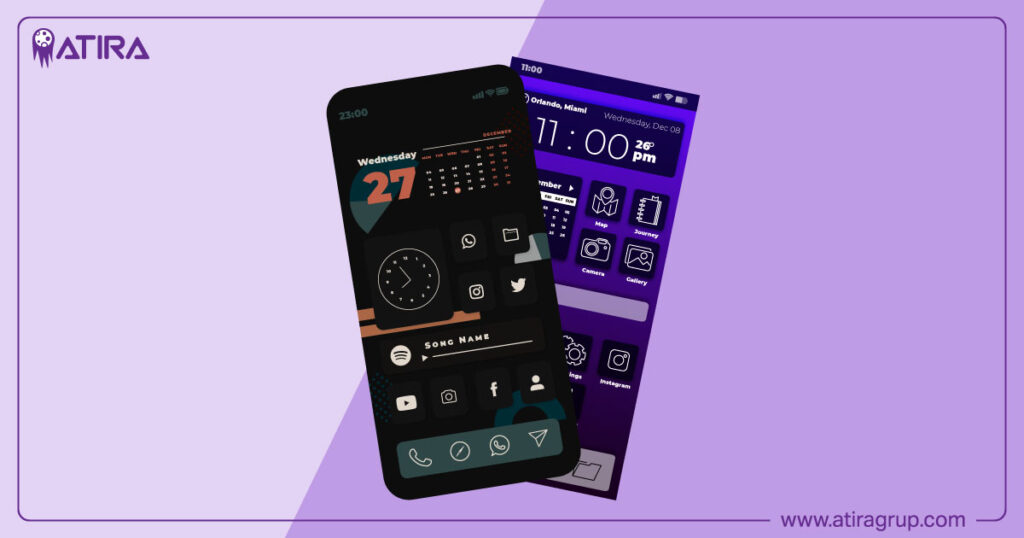
Top Reasons Why Your Business Needs a Progressive Web App (PWA)
Examples of Successful PWAs
Many businesses have successfully implemented Progressive Web Apps, reaping significant benefits in terms of user engagement and conversions. Twitter Lite and Pinterest are prime examples of popular PWAs that showcase the capabilities of modern web technologies. Pinterest, for instance, saw a 40% increase in user engagement and a 60% rise in ad revenue after transitioning to a PWA.
Starbucks’ PWA allows customers to browse the menu and place orders offline, enhancing user convenience and loyalty. Similarly, Uber’s PWA is optimized to function smoothly on slower networks, making it accessible to a broader audience and improving user satisfaction.
These examples underline the economic benefits and performance improvements PWAs offer. By adopting PWAs, businesses can provide an exceptional user experience, drive higher engagement, and achieve significant growth.
Security Benefits
Security is a critical concern for any digital application, and Progressive Web Apps address this with robust measures. PWAs utilize HTTPS to ensure that data exchanged between users and the application is encrypted, protecting against data breaches and unauthorized access. Secure communication is vital for maintaining user trust and safeguarding sensitive information.
Additionally, push notifications in PWAs require encryption using public and private keys, ensuring secure handling of user information. Regular updates and adherence to security best practices further contribute to reducing potential vulnerabilities and maintaining a high level of security for PWAs.
SEO Advantages
Progressive Web Apps offer significant SEO advantages by improving discoverability and visibility. Unlike native apps that depend on app stores, PWAs can be indexed by search engines, making them more accessible to users searching for relevant content. This indexing capability enhances the search engine ranking of PWAs, driving more organic traffic to the app.
Dynamic rendering and the combination of server-side and client-side rendering ensure that critical information is indexed quickly, improving SEO performance. Using these techniques, businesses can enhance PWA visibility and attract a larger audience through better search engine rankings.
Real-World Use Cases
Real-world use cases of Progressive Web Apps demonstrate their effectiveness in various industries. MakeMyTrip, for example, saw a conversion rate increase of 300% and reduced page load time by 38% after implementing a PWA. Similarly, Treebo’s PWA increased their conversion rate by 400% through improved speed and user experience.
These success stories highlight the substantial improvements in user engagement and satisfaction achieved by adopting PWAs. Ola’s PWA, which dramatically reduced data consumption, serves as another example of how PWAs can enhance user experience and drive conversions.
PWAs have become pivotal across different sectors, providing exceptional digital experiences that improve user engagement and satisfaction, ultimately driving business success.
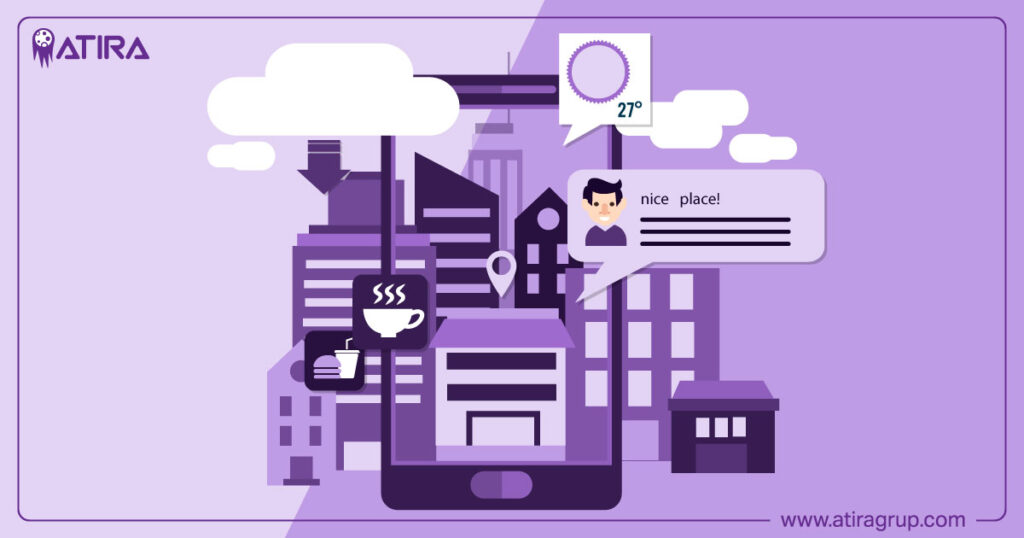
Top Reasons Why Your Business Needs a Progressive Web App (PWA)
Partnering with Experts
Selecting the right development partner is crucial for the successful implementation of a Progressive Web App. A development company with expertise in PWAs can ensure that the project aligns with your business goals and delivers the desired outcomes.
Utilizing modern technologies and best practices in PWA development is essential for creating high-quality applications that meet user expectations.
Open communication and active collaboration with developers throughout the PWA creation process are vital for achieving the best results. By partnering with experts, businesses can leverage their knowledge and experience to build a PWA that enhances user engagement and provides a seamless, engaging user experience.
Top Reasons Why Your Business Needs a Progressive Web App (PWA)
Summary (Business Needs a Progressive Web App)
In conclusion, Progressive Web Apps offer numerous advantages for businesses looking to enhance their digital presence and improve user engagement.
With features like offline functionality, cost-effective development, improved performance, and increased reach, PWAs provide an exceptional user experience that drives success.
By adopting PWAs, businesses can stay ahead of the competition and deliver a seamless, engaging experience to their users.
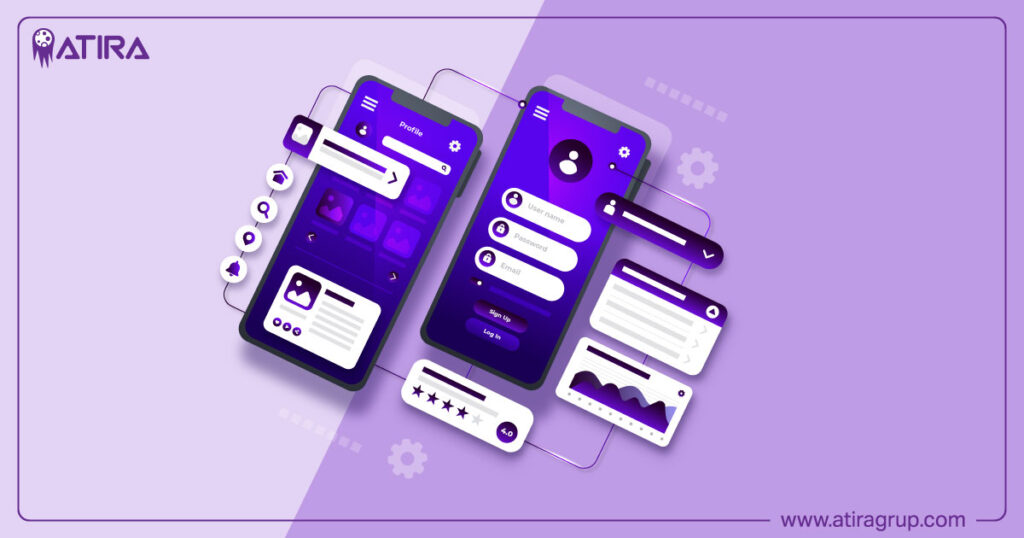
Top Reasons Why Your Business Needs a Progressive Web App (PWA)
Read more about What to Build First. Website or Mobile Application
Know more about PWA on web.dev
Frequently Asked Questions
What is a Progressive Web App (PWA)?
A Progressive Web App (PWA) is an application that utilizes web technologies such as HTML, CSS, and JavaScript to deliver an app-like experience via the web. PWAs offer features like offline access and push notifications while being installable on the user’s home screen.
How do PWAs enhance user experience?
PWAs enhance user experience through fast loading times, offline functionality, and an app-like interface, leading to increased user engagement and satisfaction. This streamlined performance is exemplified by companies like Trivago and Twitter Lite.
Are PWAs cost-effective compared to native apps?
PWAs are indeed more cost-effective than native apps since they utilize a single codebase for multiple platforms, which reduces development time and costs. Moreover, they avoid app store fees and submission processes, making them a budget-friendly option.
How do PWAs improve performance?
PWAs enhance performance by employing effective caching strategies and minimizing data usage, which leads to faster loading times and smoother user interactions. This approach is exemplified by Uber’s PWA, which showcases significant improvements in load times, even on slower networks.
What are the security benefits of PWAs?
PWAs offer security benefits through their use of HTTPS for secure data exchange, protecting against breaches and unauthorized access. Additionally, they require encrypted push notifications and regular updates to address vulnerabilities, ensuring ongoing security.


